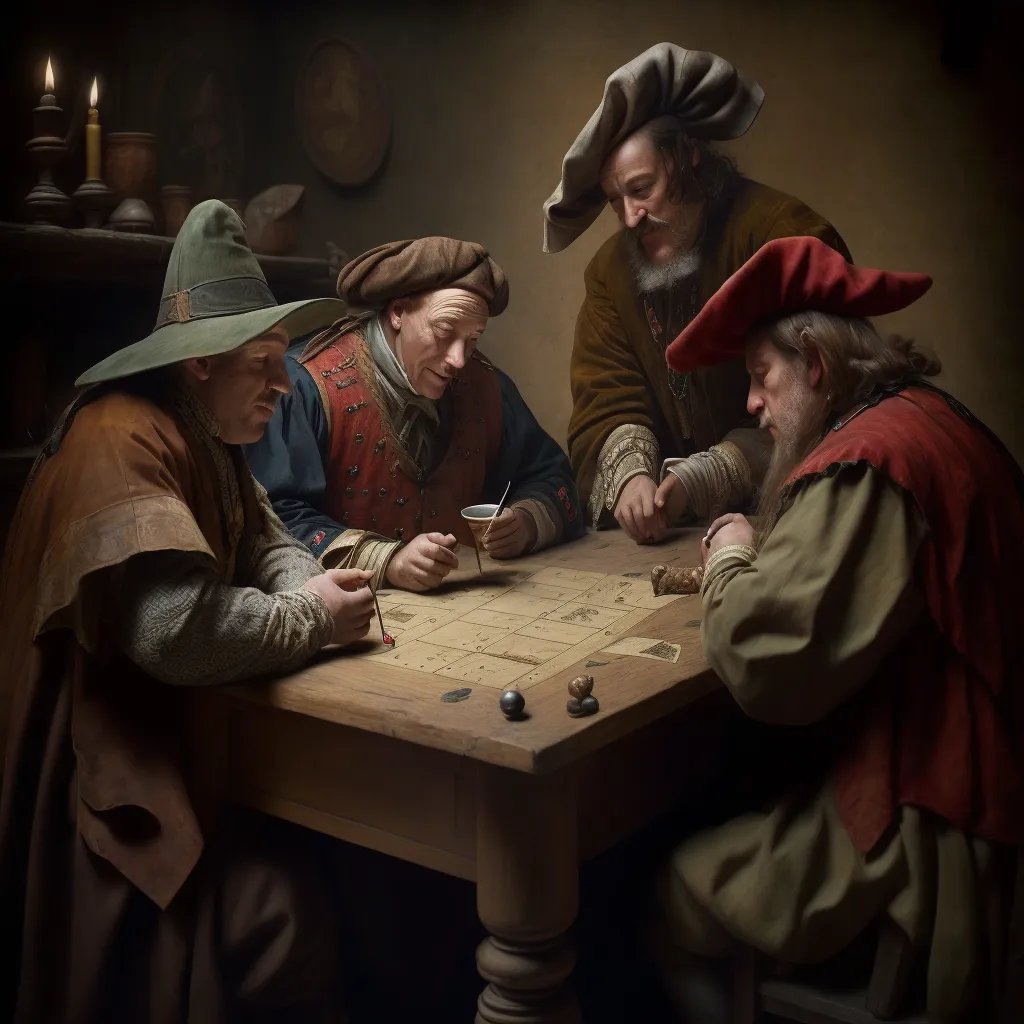The Chevalier's Paradox: The Foundation of Probability Theory
Things got bad for the Chevalier. He was losing money and had to ask for help. Little did he know that his problem would lay the foundation for modern Probability Theory. Here is the paradox he encountered: the chances of winning a game of rolling a die four times were 2 out of 3. Read on to find out more!

Santiago
Machine Learning. I run https://t.co/iZifcK7n47 and write @0xbnomial.

-
Things got bad for this guy.
— Santiago (@svpino) April 6, 2023
He couldn't stop losing money.
To stop the bleeding, he had to ask for help.
Little he knew that his problem laid the foundation for modern Probability Theory.
Here is a paradox: pic.twitter.com/Yb0pCEx9aN -
Dice games were popular in XVII century France.
— Santiago (@svpino) April 6, 2023
Everyone played, including Antoine Gombaud, a character who called himself "Chevalier De Méré."
He spent his days trying to keep his winnings rolling. -
The Chevalier loved playing a game where players bet on getting a six when rolling a die four times.
— Santiago (@svpino) April 6, 2023
He figured the chance of getting a six was 1 in 6, so his chances of winning would be four times better, or 2 out of 3.
He kept playing, and the money kept coming. -
But a new game changed his story.
— Santiago (@svpino) April 6, 2023
Players bet on a double six appearing when throwing two dice twenty-four times.
De Méré applied the same logic as before and calculated his chances were the same:
24 x 1/36 = 2/3. -
To his surprise, he couldn't keep winning.
— Santiago (@svpino) April 6, 2023
He got desperate.
He asked Blaise Pascal and Pierre de Fermat to help him solve the riddle. They were mathematicians and knew better.
After some time, they solved the problem and laid the foundations for modern probability theory. pic.twitter.com/LTRscOMQuj -
The Chevalier's mistake was thinking both games had the same odds.
— Santiago (@svpino) April 6, 2023
His chances of not getting a six in one roll for the first game were 5/6.
If he rolled four times, his chances of not getting a six were (5/6)⁴.
Therefore, his chances of getting at least one six were 52%. -
The second game was different.
— Santiago (@svpino) April 6, 2023
De Méré's chances of not getting a double six in one roll of a die were 35/36.
If he rolled 24 times, his chances of not getting a double six were (35/36)²⁴.
Therefore, his chances of getting at least one double six were 49%. -
De Méré was not out of luck; his analysis was wrong. This is known today as "De Méré's Paradox."
— Santiago (@svpino) April 6, 2023
I originally wrote this story for my newsletter subscribers.
Tomorrow, I'm telling them the story of an old man I met who can see things.
Subscribe here: https://t.co/WrAVnRGoNM
